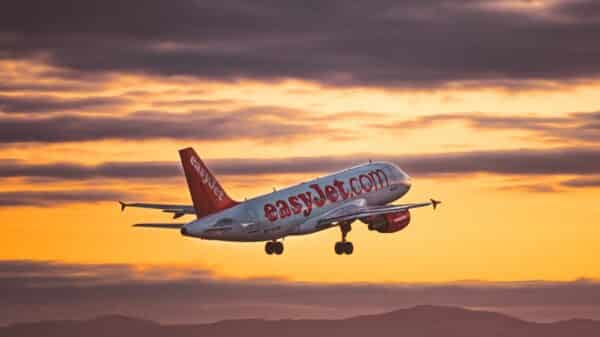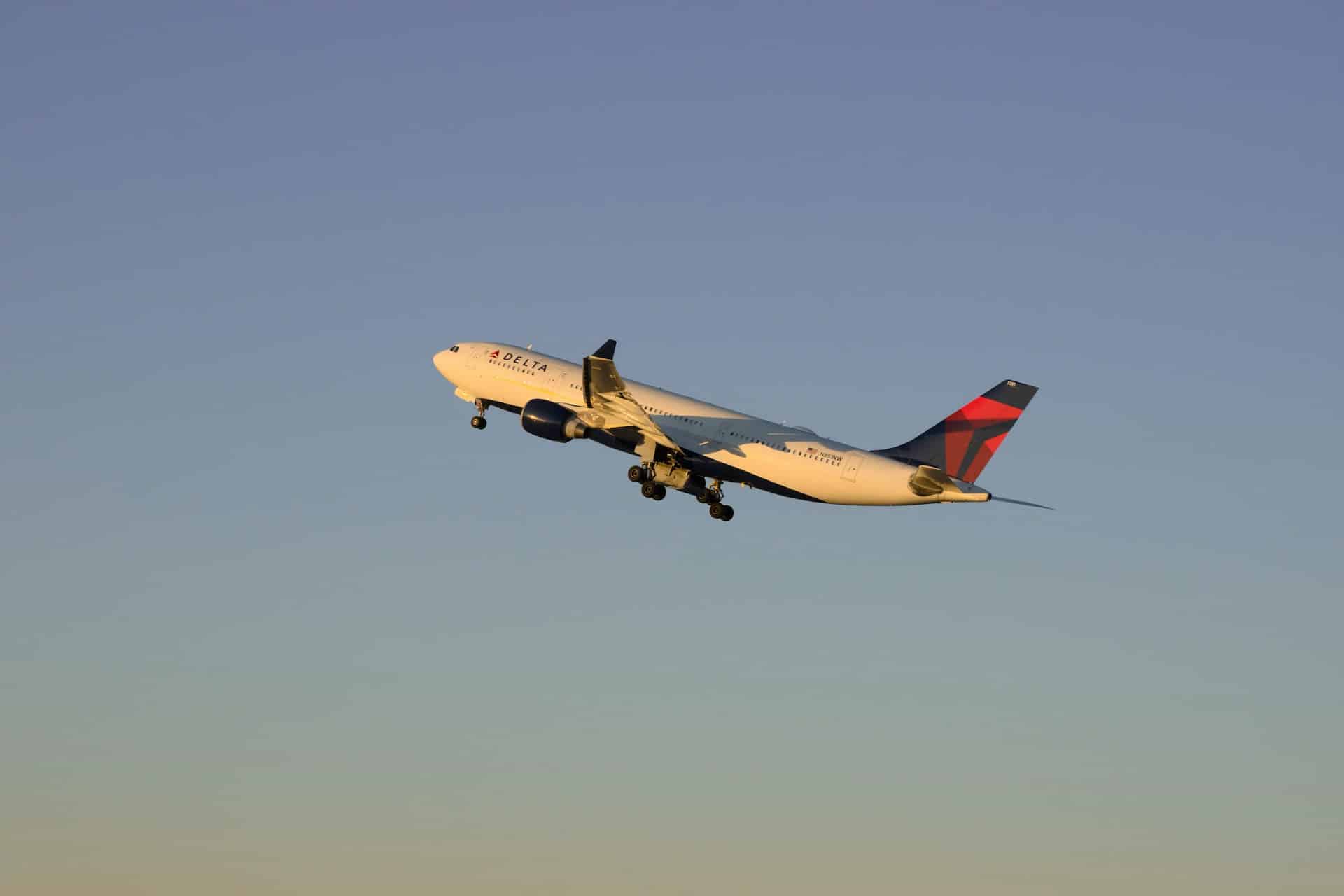On a routine flight from Orlando to Austin, a Delta Airlines Boeing 737-800 faced a significant challenge when a wing flap failure occurred. This incident unfolded mid-air, turning a usual journey into a moment of panic for passengers and crew alike. The failure of a crucial flight component not only tested the flight crew’s skills but also underscored the importance of aircraft safety protocols.
The Nature of Wing Flap Failures
Wing flaps are essential components of modern aircraft, responsible for enhancing lift during takeoffs and landings. They allow planes to operate efficiently at lower speeds by adjusting the shape of the wing. Unfortunately, when a wing flap fails—like in this situation—it can lead to reduced stability and control, particularly during landing approaches. The malfunctions can arise due to various factors, including wear and tear, manufacturing defects, or even maintenance oversights.
Emergency Response and Landing
Despite the alarming situation, the flight crew demonstrated exceptional professionalism. They maintained control of the aircraft, navigating the challenges posed by a loose wing flap. Videos captured by passengers during the descent displayed the dislodged flap moving precariously. However, the crew managed to secure a safe landing at Austin-Bergstrom International Airport, emphasizing their training and crisis management capabilities.
Safety Inspections and Regulatory Oversight
In the wake of this incident, the Federal Aviation Administration (FAA) has initiated an investigation. The goal is to ascertain whether the flap failure stemmed from maintenance issues, mechanical defects, or operational stress. Delta Airlines has expressed its commitment to ensuring passenger safety by removing the aircraft from service until it undergoes a comprehensive examination.
Passenger Reactions and Emotional Impact
For passengers, witnessing a mechanical failure can evoke a wide range of emotions, from fear to relief. In this case, the experience was particularly unnerving, as many travelers were unprepared for visible damage during flight. Passenger reactions were documented on social media, highlighting the emotional impact of aviation incidents. Although the crew’s prompt action ensured a safe outcome, this incident serves as a stark reminder of the vulnerabilities present in air travel.
Implications for Airline Trust and Passenger Confidence
The fallout from the Delta flight’s wing flap failure has broader implications for the aviation industry. Trust is paramount in air travel, and incidents like this can shake passenger confidence. As airlines strive to maintain high safety standards, any visible sign of failure can lead to hesitancy among travelers. This is especially crucial for cities like Austin and Orlando that rely heavily on tourism.
The Bigger Picture: Industry-Wide Concerns
Delta Airlines is not an isolated case, as this incident reflects a worrying trend across the aviation sector. Recent analyses indicate an uptick in wing flap failures not just with Delta, but among other major airlines globally. Experts advocate for enhanced inspection protocols and possibly even the redesign of wing components to bolster safety further.
Conclusion
While the Delta Boeing 737-800 incident highlights serious challenges, it also opens up discussions regarding the industry’s commitment to safety and reliability. As investigations continue and safety measures are scrutinized, the incident serves as a crucial reminder of the intricate dynamics of aviation safety and the expectations passengers hold dear. Both airlines and manufacturers must respond proactively to restore confidence in air travel, affirming their dedication to the highest safety standards.
Image Source: Unsplash





























